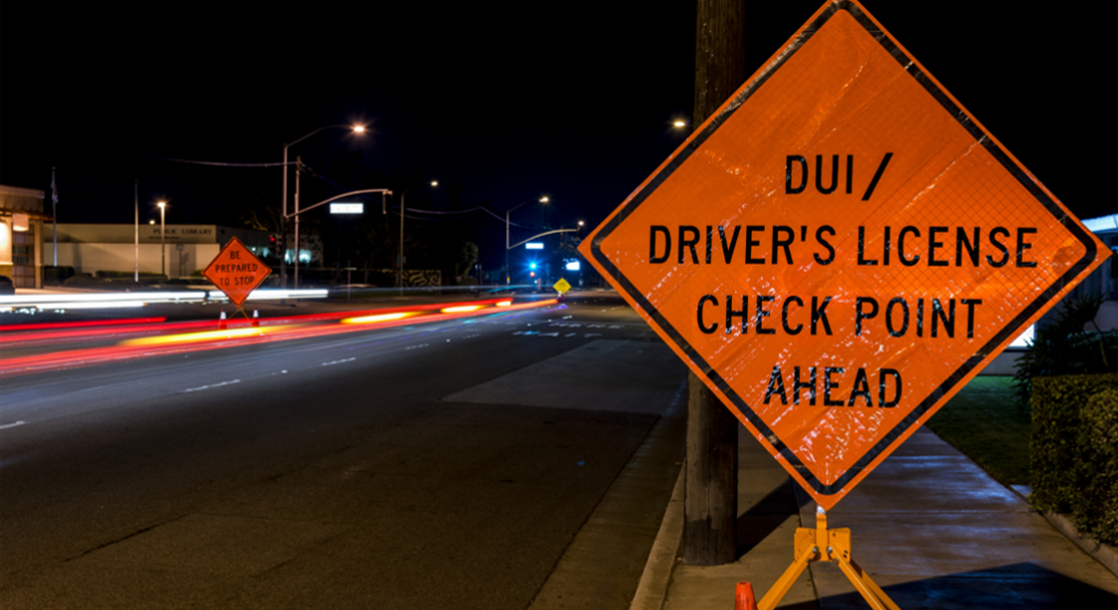Disclaimer: This column is written for educational purposes only. It does not provide specific legal advice and does not create an attorney-client relationship. This column should not be used as a substitute for competent legal advice from a licensed attorney in your state.
With this week’s July 4th holiday and summer kicking into full gear, it’s important to be careful on the road while we all enjoy our celebrations. Laws against driving under the influence in the US are undoubtedly strict and have thus far been quite effective at determining a standard for impairment by drivers who have been drinking. The Standardized Field Sobriety Test (SFST) is a battery of three tests developed in the 1970s and performed during traffic stops to determine if a driver is impaired. Law enforcement officers trained to conduct SFSTs correctly identify alcohol-impaired drivers over 90% of the time. While breathalyzers are not as accurate as blood tests, they have become the widely accepted method of choice for roadside sobriety testing because they are non-invasive and easy to administer.
Traditional breathalyzers were designed to detect how much alcohol is in a person’s bloodstream. Research shows that a .08% BAC level is the point where some level of psychomotor impairment can be seen consistently across all people, regardless of gender, age, weight, and other factors. Thus, a BAC of .08% has become the legal standard of impairment in the United States. Psychomotor impairment takes the form of visible changes in speech, reaction time, balance, and coordination. Alcohol then leaves the bloodstream quickly — within hours — so someone who was impaired the night before could be on the road again later the next day without being a DUI risk. When it comes to cannabis, however, there are no standard, reliable measures used to detect impairment. The traditional Field Sobriety Test may not be as effective when it comes to marijuana because marijuana impairment is different from both a behavioral and biological perspective. Most law enforcement officers suspecting marijuana impairment will point to the smell of marijuana, red eyes, or tired affect as evidence.

Marijuana Impairment is Different From Alcohol Impairment
To date, there is no “breathalyzer” for cannabis — although several prototypes are being tested at universities and by state police around the US. Thus, if someone is suspected of being under the influence of or impaired by marijuana, they may be asked to undergo a blood test. In Colorado, law enforcement officers may request blood tests to detect cannabis impairment after arresting the driver on suspicion of a DUI.
Unlike alcohol, though, the amount of THC in the bloodstream does not necessarily correlate with actual psychomotor impairment. Peak THC blood levels do not consistently correspond with peak levels of impairment. In fact, one study showed that people inhaling THC reached their highest THC blood levels within minutes, well before the drug’s impairing effects reached their full effect. What’s more, THC can be detected in the bloodstream for days and even weeks after impairment has dissipated. This means that someone who is no longer impaired can be driving around with marijuana in their bloodstream for weeks. This is problematic if they are pulled over and test positive for marijuana but are not actually impaired by marijuana at the time.
Zero Tolerance Laws are Out of Touch with How THC Acts in the Body
Here’s where the scary part comes in: there are currently 18 states that have some variation of “Zero Tolerance” laws for marijuana in the bloodstream while driving. “Zero Tolerance” means that the presence of any amount of THC in a person’s bloodstream can serve as the basis for a DUI charge. This type of law essentially makes it illegal to drive with any amount of THC in your blood by presuming that the presence of THC necessarily indicates impairment. You’re reading that right. That’s an automatic DUI if THC is detected in your bloodstream in any Zero Tolerance state.
This is extremely problematic in states that have legalized marijuana in some form. Hundreds of thousands, if not millions, of people may currently be driving around with days or weeks-old THC in their bloodstream that may not cause impairment. That’s disturbing, to say the least. As Professor Mark A. R. Kleiman, a drug and criminal policy expert at NYU, puts it: “A law against driving with THC in your bloodstream is not a law you can know you are obeying except by never smoking marijuana or never driving.” These laws need to change, and hopefully part of the key in making changes is developing a THC breathalyzer that accurately detects actual impairment.

New THC Detection Methods are Being Tested
Various universities and police forces have been testing devices that could potentially provide more accurate detection of marijuana impairment while driving. There are two types of minimally invasive tests — saliva swab and breathalyzer tests — that show the potential to be much more sensitive than blood tests in detecting recent use. So far, they’ve shown the ability to detect marijuana exposures between 4 and 24 hours after inhalation. However, neither type has been proven to be consistently accurate.
A group of Stanford engineers has developed a mobile device they’re calling a “Potalyzer” — a swab test that detects THC molecules in the range of 0 to 50 nanograms per milliliter of saliva. This device would be very roadside-friendly, allowing law enforcement officers to collect a saliva sample from a driver’s mouth using a cotton swab. The device analyzes the swab and provides results in as little as three minutes. The Potalyzer sounds very promising, but it’s unclear whether the detection window would exclude use from days or weeks prior to the test.
The Colorado State Patrol is currently participating in a 3-year pilot program testing the accuracy of five different kinds oral detection devices. Since March of 2015, 125 troopers have been using one of five various types of oral fluid testers that sample a driver’s saliva for the presence of THC. The devices test for the presence of more than 5 nanograms of THC, which is Colorado’s legal threshold for impaired driving. Suspected drivers must consent before the testing is performed, but this could change after the pilot program is complete.
The US Needs Accurate THC Tests and Laws That Are Sensitive to the Recency of THC Consumption
With so many states having legalized marijuana in some form, we need a reliable test to detect legal impairment while driving. Zero tolerance laws that punish the mere presence of THC in the bloodstream ignore the necessity of determining a fair and accurate measure of impairment that rises to the level of a DUI. Hopefully, tests currently under development will be sensitive enough to detect recent use that occurred within hours — as opposed to days or weeks. After reliable and accurate testing methods have been developed, state laws need to be updated accordingly. Ultimately, whatever detection method our law enforcement officers use, our DUI laws must penalize actual THC impairment rather than the mere presence of THC in the bloodstream.











